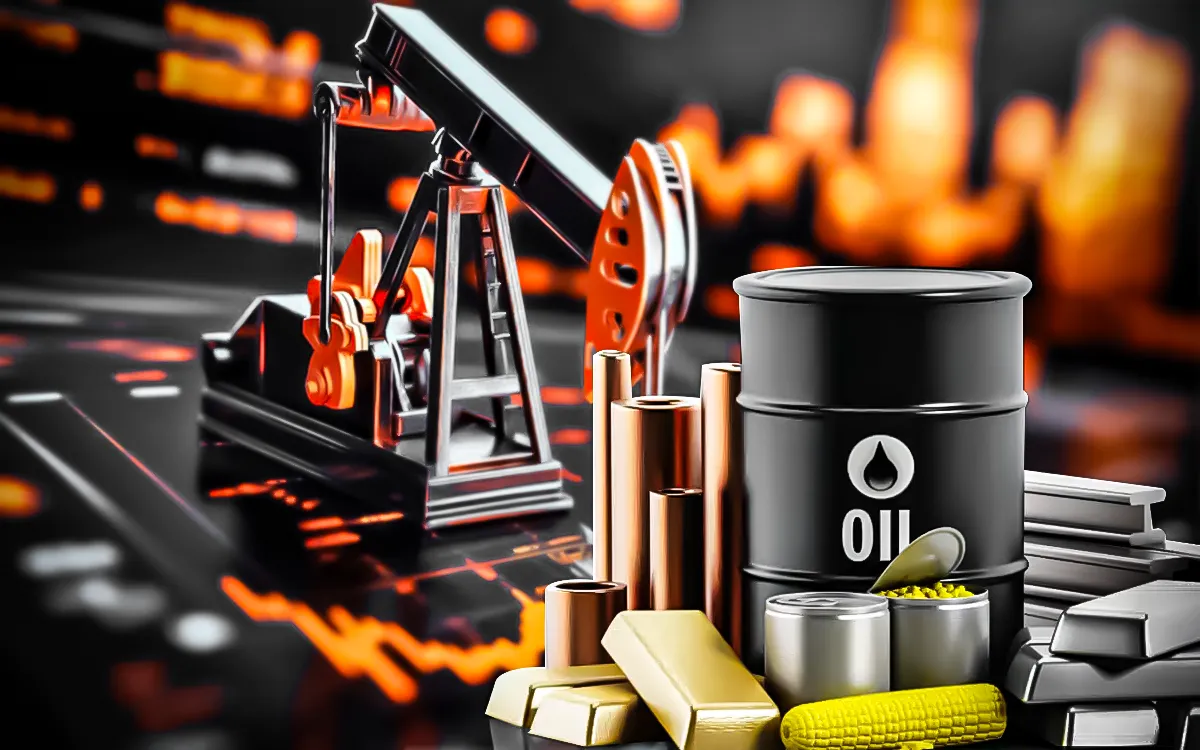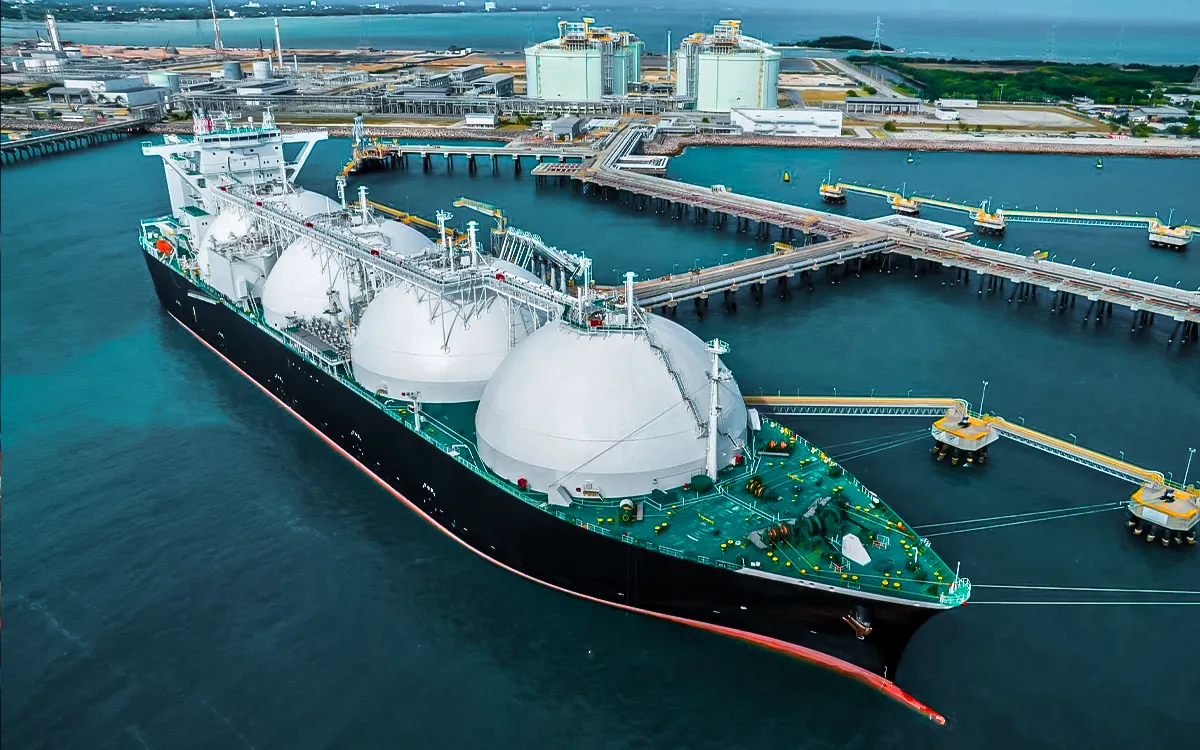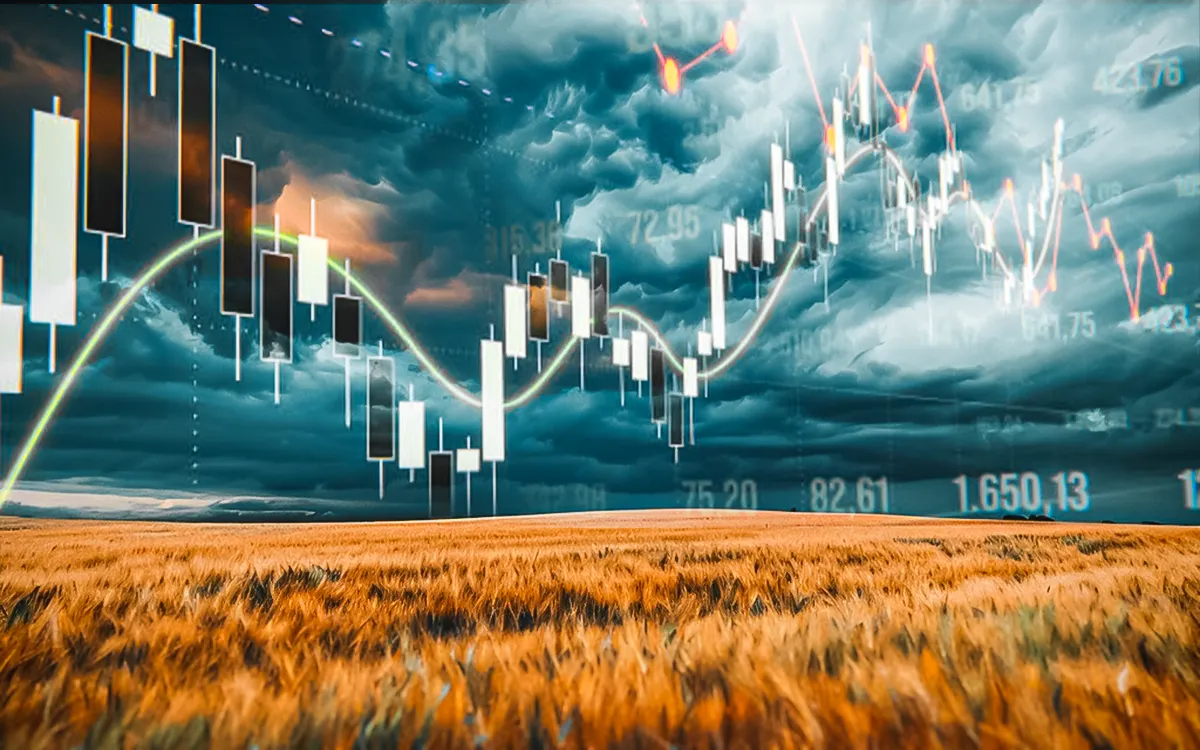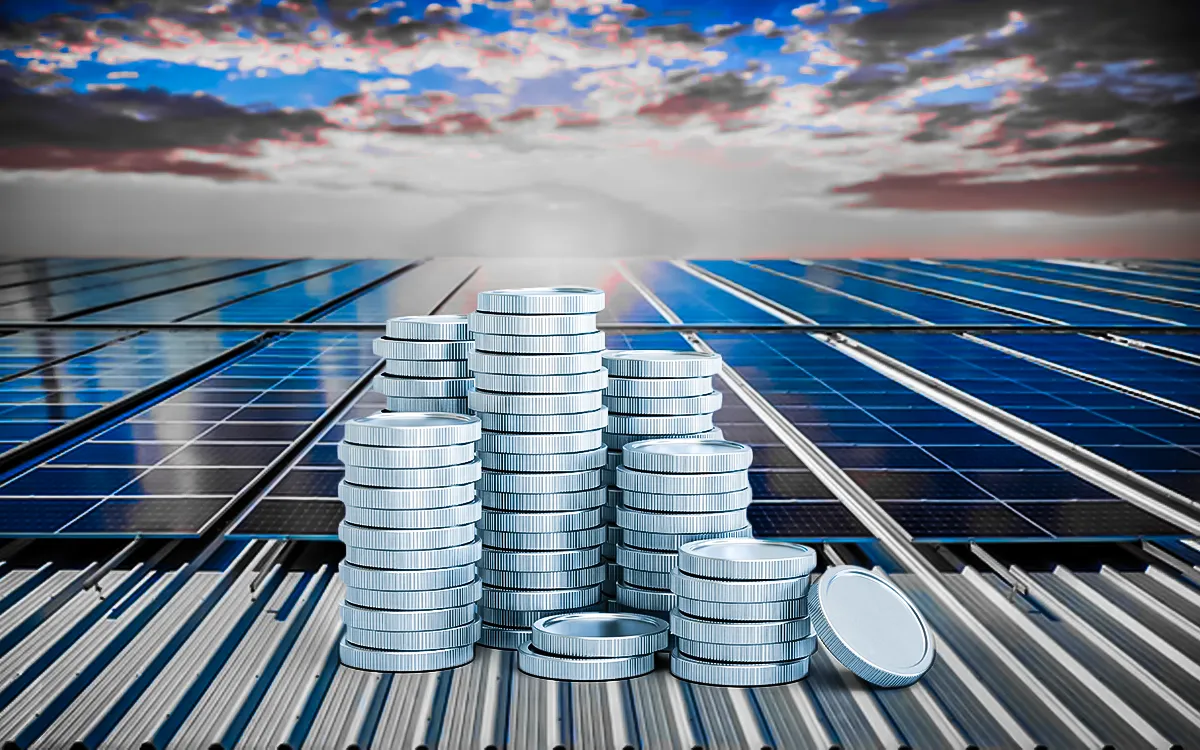
Getting through 2025's market turbulence needs intelligent, diversified strategies. This report delves into high-performing commodities such as gold, oil, and lithium—supported by expert analysis—to guide US investors with wise decisions and hedge against inflation and international uncertainty.

In 2025, world markets are still beset with increased uncertainty fueled by inflation pressures, moving interest rates, and constant geopolitical tensions. The legacy of supply chain dislocation of the past few years—aggravated by wars and severe weather conditions—has rendered raw materials more rare and precious. With conventional assets such as stocks and bonds showing escalating volatility, commodities still serve as an effective hedge.
Historically, commodities have performed better in times of inflation and market uncertainty, which makes them a must-have in a diversified portfolio. Commodity-linked securities and physical assets are increasingly becoming the preference of investors to save purchasing power and create long-term returns.
Commodities in your portfolio: why they're worth it:
From precious metals to farm staples, these seven commodities are set to take a leading role in the investment scene of 2025.

Gold remains the gold standard inflation hedge against monetary policy changes. As central banks globally foreshadow rate cuts later in 2025, investor demand for non-yielding assets such as gold is making a comeback.
"We anticipate gold to stay in shape as real interest rates fall and central banks persist with healthy purchases," states a BlackRock midyear outlook.
Its dual position as both a monetary asset and safe-haven investment earns it a core position within any diversified portfolio.

Oil prices continue to be shaped by the global recovery of demand and OPEC+ production policies. As consumption increases in Asia and supply is restricted by geopolitics—particularly in the Middle East and Russia—oil could face pressure to rise.
J.P. Morgan's energy perspective brings out "supply discipline among producers could support oil above $80 per barrel into 2025."

The U.S. continues to accelerate LNG exports, especially to Europe and Asia. Winter peak demand and the energy transition underway are turning natural gas into a bridge fuel of central importance.
Its price, while volatile, is more and more connected to the integration of renewables and the management of storage capacities.

Pegged by the boom in electric vehicles (EVs) and battery storage, lithium demand will be expanding exponentially in the coming years. With U.S. policy now supporting domestic production of minerals, 2025 represents a possible tipping point for domestic mining ventures.
Morgan Stanley reports "an upward trend in lithium consumption, despite near-term supply expansion."

A building block of renewable energy and infrastructure projects, demand for copper is rising across the world. Green energy investments and the U.S. Inflation Reduction Act are driving prices higher.
In contrast, supply constrictions in Latin America—particularly Chile and Peru—are constraining global production, which adds to its investment value.

Unpredictable weather trends and worldwide food security concerns are placing grain markets under the spotlight. Futures in wheat and corn provide an easy vehicle to invest in.
These goods are also being aided by speculative interest as investors seek to hedge against supply chain disruptions and production risks driven by climate change.

While it tends to get overshadowed by gold, silver is special because of its monetary and industrial applications. It is key to electronics, solar panels, and battery technology.
With demand for green energy rising and silver production still being constricted, 2025 may be a breakout year for the versatile metal.
Investment in commodities is possible through two primary channels: paper assets and physical assets. Physical possession (such as owning gold bars or oil barrels) is not typical for most individual investors because of storage, protection, and logistics. Paper investments, on the other hand, provide easier, more convenient means of exposure.
The following are some popular ways to invest in commodities:
Commodity stocks and ETFs are a safer entry point for novice investors. Sophisticated traders, on the other hand, can try futures or direct trading for greater potential gains—if executed well. Always match your approach with your risk tolerance and goals.
While commodities provide good diversification and inflation protection, they pose risk—particularly in a volatile year such as 2025. It is vital to be aware of the trends and challenges to make informed choices.
Commodity prices are volatile by nature and subject to sudden changes in supply, demand, and investor attitudes. Geopolitical tensions, extreme weather events, or surprise economic releases can trigger sudden price jumps. For instance, oil prices might move with OPEC+ announcements, whereas agricultural commodities might respond to floods or droughts.
Another increasing driver is the impact of climate policy. Global efforts towards decarbonization and clean energy are reconfiguring fossil fuel demand while increasing demand for "green" metals such as copper and lithium. Yet, these shifts might introduce uncertainty in the conventional energy space.
The main risks and trends to monitor during 2025 are:
Keeping your finger on the pulse of these variables can allow you to handle risk while taking advantage of high-potential trends.

Commodities remain a valuable part of a balanced portfolio, offering inflation protection and diversification. For smart exposure, consider a mix of assets tailored to your goals. Ready to start? Open an account with BlockTradeDirect and explore advanced strategies in our Commodities Investing Guide.
Gold, crude oil, natural gas, lithium, copper, wheat, corn, and silver are some of the best-performing commodities in 2025 on the back of high demand and tight supplies.
Yes, gold is still a solid inflation hedge and safe-haven asset, particularly with possible central bank rate cuts and economic uncertainty.
You can begin by investing in commodity ETFs, mutual funds, stock in commodities, or futures trading through regulated online portals.
Commodities tend to fare better than stocks during periods of inflation as prices tend to go up with inflation, giving a natural hedge.
Demand for oil and gas is projected to be strong on the back of supply restraint by producers and geopolitics, although the energy transition presents longer-term challenges.